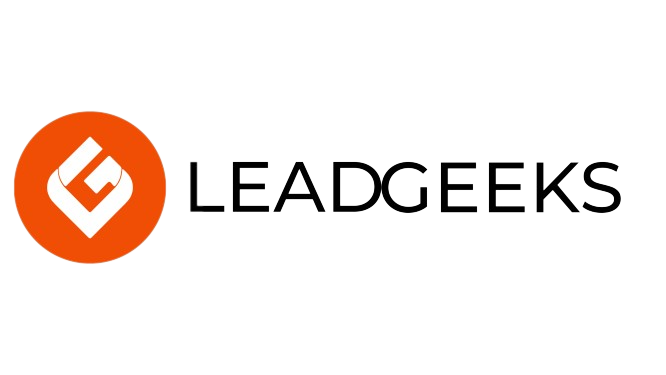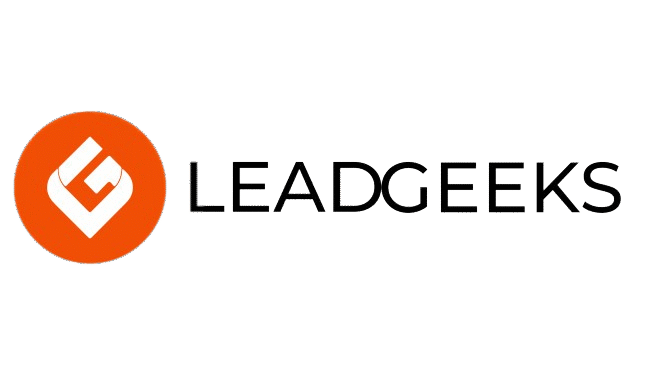Why Thought Leadership Begins in Moments No One Wants
Written by Joy Karetji, Intern at LeadGeeks, Inc. I was brainstorming on what to write on when it comes to thought leadership and it made me reflect on an experience I had recently while I was in a discussion meeting for an event. Ten minutes into the meeting, we were still arguing about the event title… And no one had confirmed a single speaker. That was the moment I realized we were in trouble. There’s a common image of thought leadership: keynote stages, polished LinkedIn posts, and bold insights delivered from a place of clarity and calm. But in reality, thought leadership often begins in the moments no one wants to be in; chaotic meetings, missed deadlines, group tension, or moments where everyone else goes quiet. This blog post isn’t about leading a company or building a personal brand. It’s about what it means to find clarity and speak with intention during a moment when everything feels uncertain. As a technical support, I didn’t expect to have a “leadership” moment. But when a committee I was involved in started to unravel, I learned that real leadership can start from exactly where you are; even when no one’s looking for it. 1. Setting the Scene: The Chaos I was part of a committee tasked with organizing a mid-sized event. For weeks, we’d been running on autopilot; group chats, Google Docs, unspoken assumptions. But the week before the event, everything fell apart. Tasks had been misunderstood. One speaker canceled at the last minute. Team members stopped replying. Tension surfaced in the group chat. The planning felt directionless, and frustration built quickly. People blamed miscommunication. A few members stopped showing up. Everyone was waiting for someone else to take control. I remember sitting in the Zoom call, camera off, heart racing. I wasn’t the leader. I was just the technical support, there to help. But watching the group unravel, I kept thinking: “This doesn’t feel right—and we’re running out of time.” 2. The Temptation to Wait My first instinct was to stay quiet. I told myself, “This isn’t my role. Someone more experienced should step in.” I watched senior members talk in circles or avoid the conversation altogether. Some were clearly burnt out. Others just didn’t know what to do. There’s a strange pressure in moments like this—to not make things worse, to avoid overstepping. And honestly, I didn’t feel like I had the right to say anything that would redirect the group. But silence didn’t feel helpful either. That discomfort is what nudged me to think: If no one’s bringing clarity, maybe I can try. 3. The Moment I Stepped Up Instead of offering solutions or taking over, I started with a question. I unmuted and asked, “Would it help if we regrouped around just the two deliverables we can control right now?” That question shifted the energy. People looked up. A few nodded. It wasn’t magic, but it created a pause… And in that pause, direction started to return. I offered to draft a one-page overview recapping what was confirmed and what was still missing. I didn’t assign tasks or take over planning. I simply made the next step feel smaller, more doable. That night, two other members messaged me to say thank you. One said, “I honestly needed someone to just say something clear.” 4. What Changed After That The group didn’t transform overnight, but it found momentum. And in that momentum, something shifted. People looked for fewer answers and more clarity. And that’s what made me realize something important: thought leadership isn’t always about who knows the most. It’s often about who’s willing to help others think more clearly, even in the mess. No one officially “put me in charge.” But in that moment, people started responding differently—to each other, and to the work. Our team didn’t suddenly become organized overnight. But people started moving again. They focused on what could be done instead of spiraling over what couldn’t. Meetings had direction. And I noticed that people looked to me when we needed to refocus—not because I had answers, but because I had offered structure in the moment that needed it most. And that’s what made me realize: thought leadership isn’t about expertise. It’s about being useful—especially when things are unclear. 5. Reflection: Why This Is Thought Leadership Before that experience, I thought leadership came after confidence. Now I believe confidence comes from moments like this—when you act despite uncertainty. What I did wasn’t revolutionary. I asked a clarifying question. I wrote a one-page summary. I helped the group slow down and think more clearly. That was enough to create change. Thought leadership, I’ve learned, often looks like being the one who notices what’s missing; not just in the task, but in the mindset of the group. Sometimes it’s presence. Sometimes it’s structure. Sometimes it’s just asking, “What do we know for sure right now?” That’s what people remember… Not who spoke the most, but who helped the group move forward. 6. Bonus: What I Would Do Differently Now Looking back, I wish I had spoken sooner. I spent a few meetings holding back, assuming someone else would step in. I also wish I had asked how others were feeling earlier—sometimes people aren’t disengaged, just overwhelmed. If I find myself in a similar situation again, I’ll remember that clarity doesn’t require authority. I don’t have to be the most experienced voice to offer perspective. Sometimes the most powerful leadership comes from being the calmest person in the room. 7. What Can You Take Away from This? If you’re reading this and thinking, “I’m not ready to lead”—you might be exactly the kind of person your group needs. You don’t need a title to ask a better question. You don’t need permission to clarify what’s confusing. And you don’t have to be the loudest person to lead people toward clarity. Thought leadership starts when you help others slow down, see differently, and take the next step. Especially when the







